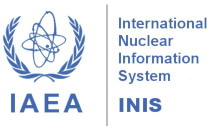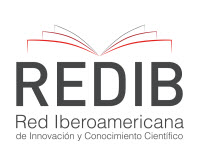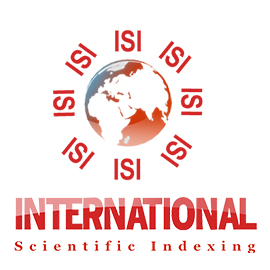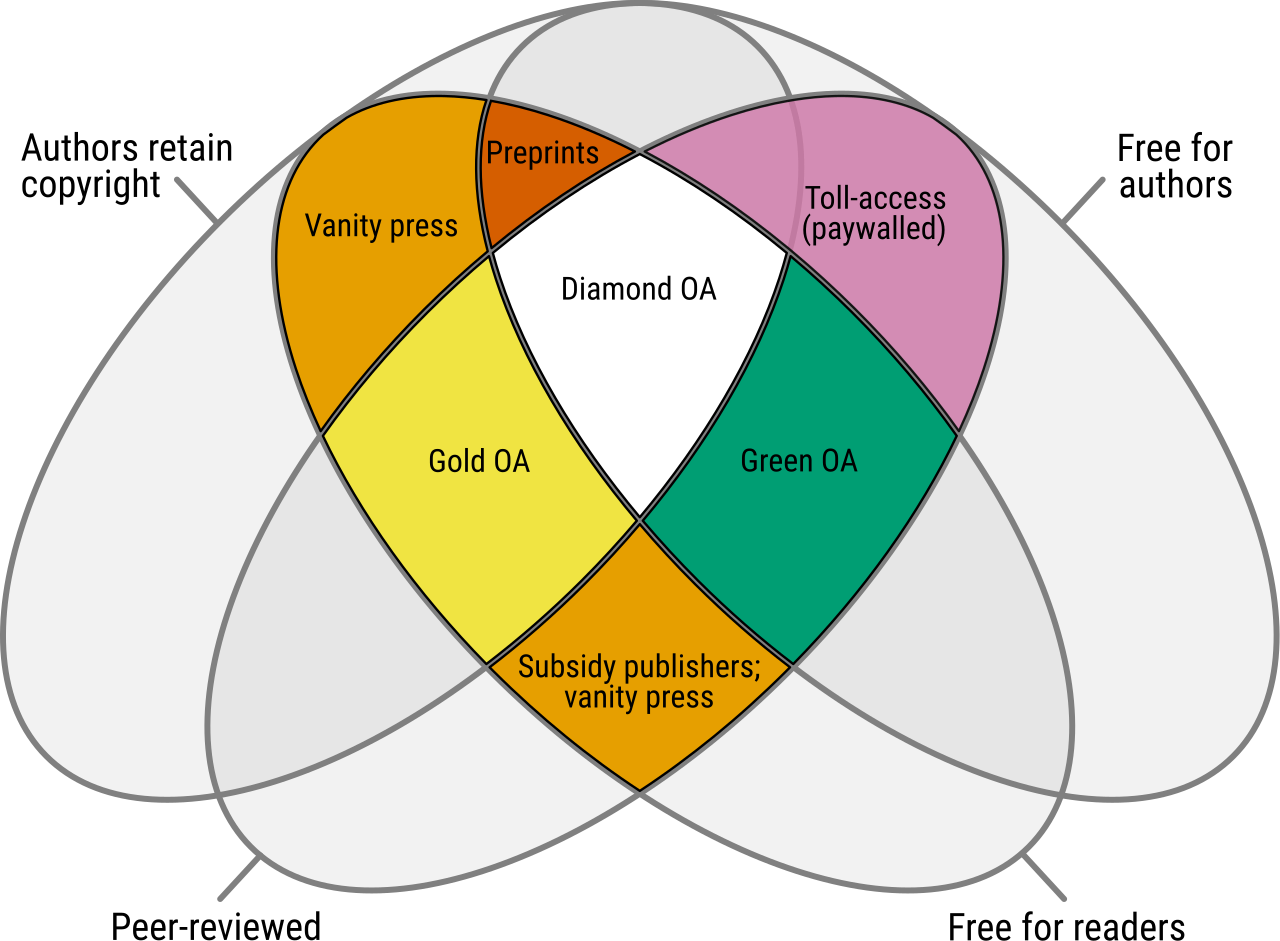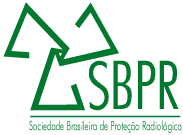New article published: V. 13 n. 1 (2025)
A neoteric technique to validate radon-222 transport modelling from a gold mine tailings dam
Abstract: The Gaussian Industrial Source Complex Short Term 3 (ISCST3) model as applied to radon-222 emitted from tailings dams has not been properly validated for radon-222 dispersion modelling. In an attempt to validate the model, the concentrations of radon-222 and its progenies/daughters were measured at various points around a tailings dam. To verify that the measured radon-222 is from the tailings dam, a technique combining both gas and daughters ages with source apportionment method was developed. Model was validated by isolating radon-222 from different sources using the “age” of the gas approach and applying back trajectory calculations to identify the origin of the radon gas measured at points downwind. As predicted by the model, the origin of the radon emission was traced back to the tailings. The model was further validated by comparing measured data to model outputs and applying standard model validation statistics to validate and quantify the agreement between predicted and measured data. Model validation from statistical analysis showed a constant trend with minimum variability in the Index of Agreement (IOA), Normalized Mean Square Error (NMSE), and Fraction of Predictions method within a factor of two (FAC2) values. The analyses were based on the model prediction results over five days of measurements covering both morning and afternoon. There was an under prediction in the Fractional Bias (FB) and Geometric Mean bias (MG) in the afternoon of day 1. In addition, the model performed poorly in the afternoon of day 3.
Read full article






